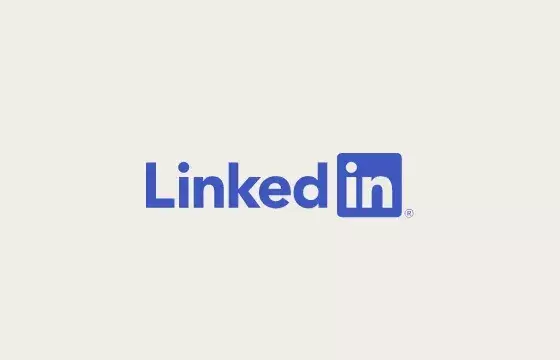In the sprawling realm of professional networking, LinkedIn has long stood as a platform promising genuine connections and meaningful interactions. However, the advent of fake profiles and coordinated engagement practices threatens to destabilize this promise, casting doubts on the platform’s integrity. Over recent weeks, whispers of discontent have gained traction among users who notice an unnatural spike in activity that appears forced or artificial. These behaviors include the proliferation of engagement pods—groups that orchestrate comments and likes—or the widespread use of AI-driven automation tools designed to amplify posts indiscriminately. Such tactics distort genuine engagement metrics, creating a skewed perception of popularity and influence on the platform.
This phenomenon raises critical questions about the authenticity of interactions and the potential erosion of trust among professional members. When activity becomes less about meaningful exchange and more about gaming the system, the core value of LinkedIn diminishes. The platform’s credibility hinges on its ability to foster real relationships, yet these manipulative practices threaten to undermine that foundation, resulting in a diluted sense of community and a skewed representation of professional worth.
LinkedIn’s Response: A Step Toward Reinforcing Integrity
In response to these mounting concerns, LinkedIn has publicly acknowledged its awareness of the issue and indicated that it is making operational changes to combat artificial engagement. Until recently, efforts seemed reactive; the platform subtly reduced the visibility of suspicious activity without explicitly broadcasting its new stance. However, a recent update signals a more assertive approach. The company’s official guidelines now explicitly mention the suppression of automated comments and excessive posting behaviors.
By formally integrating restrictions on comment frequency and automation into its terms of service, LinkedIn appears committed to curbing the proliferation of fake engagement. The explicit mention that the platform may limit the visibility of comments generated through automation signals a strategic shift—no longer just reactive but proactively trying to diminish the impact of manipulative practices. This development underscores a recognition that artificial engagement not only misleads users but also threatens the platform’s overall health. While it might seem minor—a simple addition to the policy language—it is a meaningful acknowledgment that the platform understands the scale of the problem and is willing to enforce stricter standards.
The Implications: Genuine or Guarded Efforts?
Despite public reassurance, skepticism lingers around LinkedIn’s sincerity and capacity to fully stamp out automated and non-authentic activity. Critics argue that these measures may fall short unless accompanied by sophisticated detection algorithms and strict enforcement. Automating the detection of engagement pods or AI-generated comments is a complex task, especially when these activities are often coordinated off-platform or designed to mimic human behavior precisely. Moreover, skepticism is fueled by the perception that LinkedIn has historically prioritized engagement metrics over authenticity—after all, higher engagement often correlates with higher ad revenue and platform activity.
However, the official insertion of anti-automation language into official rules is an essential, if modest, step forward. It reflects a broader willingness to prioritize quality over sheer quantity of interactions. Moving beyond mere words, if LinkedIn couples policy changes with technological innovations to detect and penalize fake activity, it could set new standards for professional platform integrity. Such a stance might even encourage genuine users to reclaim their space, fostering a healthier environment free from the distortions of artificially inflated engagement.
The Road Ahead: Will These Measures Reverse the Trend?
Ultimately, the efficacy of these policies hinges on execution. Just like any platform struggling with widespread misuse, LinkedIn faces an uphill battle against sophisticated actors who adapt quickly. But the key takeaway is that the platform is no longer ignoring the problem or treating it as a minor nuisance. Instead, it signals an intention to uphold the authenticity of conversations and the value of genuine relationships. This change could serve as a deterrent for those tempted to manipulate the system and inspire users to prioritize real engagement.
LinkedIn’s decisive move to explicitly address automation and fake interaction reflects a firm belief in the importance of trust and integrity. While doubt remains about how effectively these policies will be enforced, the platform’s acknowledgment itself is a positive sign—an indication that it recognizes the critical need to preserve its reputation as a professional hub grounded in authenticity. If successful, it could radically improve the quality of interactions, the quality of talent showcased, and the overall perception of what it truly means to connect professionally in the digital age.

